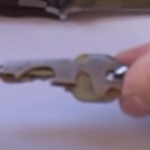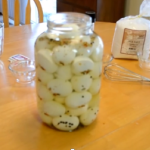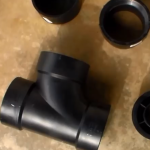Making Good Use of Greywater on Your Property
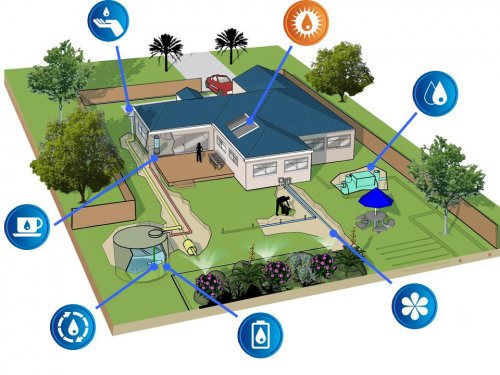
Greywater is usually considered wastewater from minor household applications such as washing dishes, doing laundry or bathing. It does not include wastewater from heavy chemicals or drainage from petroleum products and other toxic substances. Greywater can be processed and used for purposes such as irrigating trees, grass and some food crops. Capturing and utilizing greywater can help to conserve supplies of fresh or treated rainwater, and it only takes a little bit of work to develop a capture and discharge system on your property.
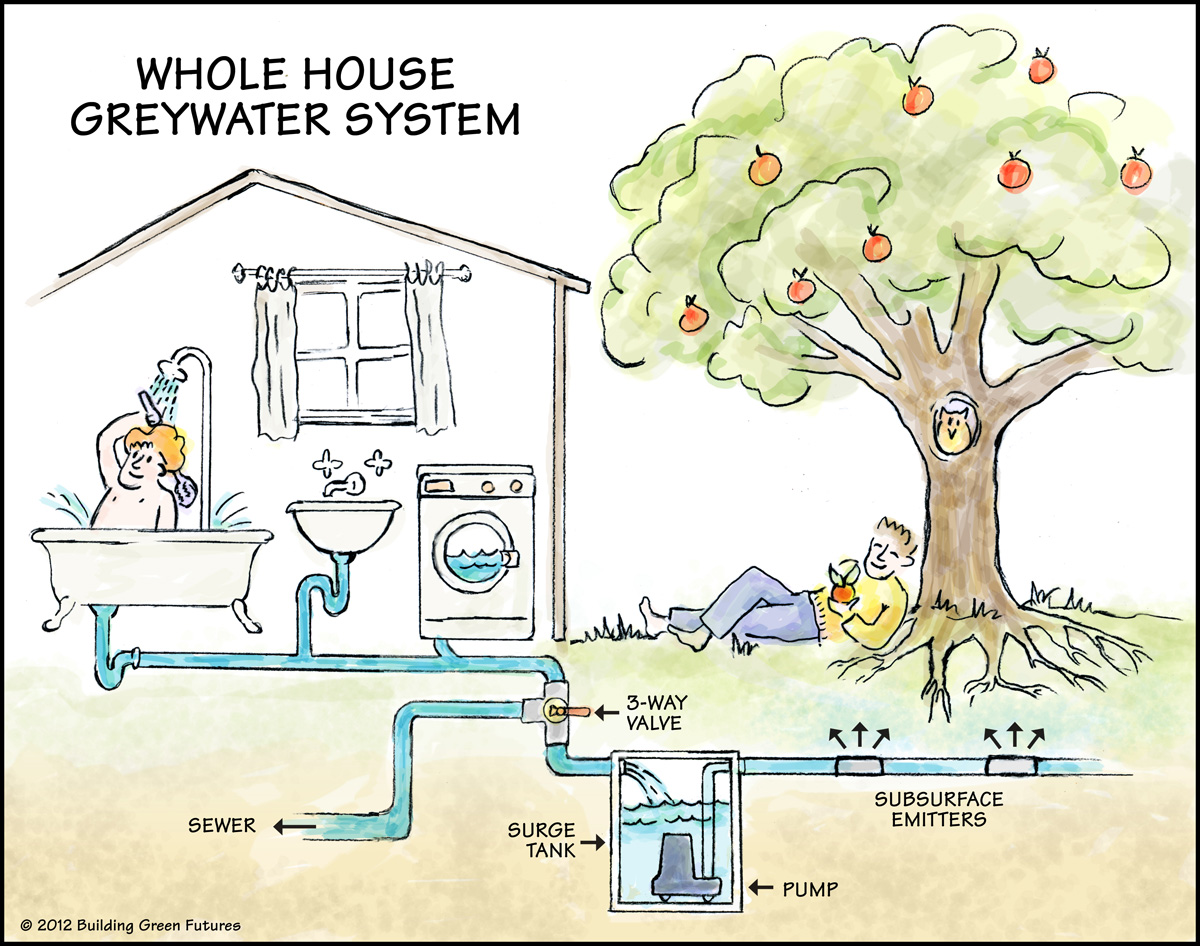
You can easily adapt drains in the home to divert greywater from flowing into sewage systems and introduce it into your yard. All that you really need to do is to separate drain pipe and insert a PVC connector and pipe system that will take the water outside. The amount of modifications that you need to make will depend on your unique plumbing system, but you usually have one of two choices to consider. First, you can create diversions beneath each individual sink and tub or you can find the main drain pipe that leads from the home and make the modification there.
In most cases, the easiest place to start is in the laundry room where the washing machine usually drains into the sink or into the floor. Simply attach a long hose or install some PVC piping to carry the water outside. You may find that locating the main drain pipe that leads out of the home is the easiest way to divert the rest of your greywater. However, if this requires a lot of digging, then you may just want to create diversions beneath your sinks and ignore the bathtub and showers. Simply remove the U joints from beneath the sinks, attach a hose or PVC connector and pipe and connect it to the greywater drain pipe that leads outside. You can leave it above ground or bury it according to your needs and preferences.
There are a couple of important things to consider no matter how you build your drainage system. It is very important that you allow the greywater to drain directly into the ground in a location that is away from your water supply, ponds or streams. You want it to infiltrate into the ground at a rate that prevents pooling for prolonged periods of time as well. This will help to prevent mosquito infestations while also keeping the chances of developing foul odors to a minimum.
One solution may be to attach various spigots at the end of your pipe that could be used for hoses that will channel water to different parts of your property. You can also use various PVC adapters to create a network of smaller pipes that will irrigate certain areas such as trees, shrubs and grassy herb gardens.
It is important that you do not mix greywater with your drinking water supply, and you shouldn’t attempt to treat it for potable purposes. Proper treatment involves a complex filtration process as well as the addition of numerous chemicals. You also want to keep greywater out of your vegetable garden unless you are certain that the runoff does not contain harsh chemicals such as household cleaners, hair dyes, medicines and other toxic substances. The plants can soak up some of these compounds that may pose a hazard if you eat them.
You have plenty of options to consider as you customize and adapt the system to meet your specific needs and budget, and this is just a basic outline that highlights the basic principles of greywater diversion. This is an excellent resource if you have a lot of trees, shrubs or grass that needs to be irrigated, and capturing wastewater will reduce demand on your fresh water supply. Best of all, developing and installing a system is very inexpensive and easy to accomplish, and it can pay big dividends for years to come.





